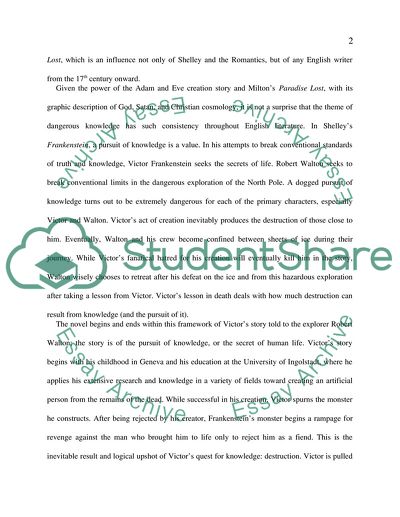Cite this document
(Summary of Frankenstein by Mary Wollstonecraft Shelley Research Paper, n.d.)
Summary of Frankenstein by Mary Wollstonecraft Shelley Research Paper. Retrieved from https://studentshare.org/literature/1746062-analyze-a-theme-from-mary-shelleys-frankenstein-as-it-is-manifested-in-another-created-text
Summary of Frankenstein by Mary Wollstonecraft Shelley Research Paper. Retrieved from https://studentshare.org/literature/1746062-analyze-a-theme-from-mary-shelleys-frankenstein-as-it-is-manifested-in-another-created-text
(Summary of Frankenstein by Mary Wollstonecraft Shelley Research Paper)
Summary of Frankenstein by Mary Wollstonecraft Shelley Research Paper. https://studentshare.org/literature/1746062-analyze-a-theme-from-mary-shelleys-frankenstein-as-it-is-manifested-in-another-created-text.
Summary of Frankenstein by Mary Wollstonecraft Shelley Research Paper. https://studentshare.org/literature/1746062-analyze-a-theme-from-mary-shelleys-frankenstein-as-it-is-manifested-in-another-created-text.
“Summary of Frankenstein by Mary Wollstonecraft Shelley Research Paper”, n.d. https://studentshare.org/literature/1746062-analyze-a-theme-from-mary-shelleys-frankenstein-as-it-is-manifested-in-another-created-text.


